I wanted to create view with some logic like using (for loop , if .. else) but since that's not supported in SQL I thought of creating table function that takes no parameter and returns a table.
I have a table for orders as below
OrderId Destination Category Customer
----------------------------------------
6001 UK 5 Adam
6002 GER 3 Jack
And table for tracking orders as below
ID OrderID TrackingID
-----------------------
1 6001 1
2 6001 2
3 6002 2
And here are the types of tracking
ID Name
--------------
1 Processing
2 Shipped
3 Delivered
As you can see in tracking order, The order number may have more than one record depending on how many tracking events occurred.
We have more than 25 tracking types that I didn't include here. which means one order can exist 25 times in tracking order table.
Now with that being said , My requirements is to create view as below with condition that an order must belong to 5 or 3 category ( we have more than 15 categories).
And whenever I run the function it must return the updated information.
So for example, when new tracking occurs and it's inserted in tracking order , I want to run my function and see the update in the corresponding flag column (e.g isDelivered).
I'm really confused on what is the best way to achieve this. I don't need the exact script i just need to understand the way to achieve it as i'm not very familiar with SQL
